SPROUTING SCIENCE!
How do different types of soil affect germination? How do light and dark affect leaves? Can you tell how old a tree is? Learn the answers to these questions and more with the fun life science experiments in this book. Following the scientific method, you will be able to use many of the science fair project ideas for your own science fair project
About the Authors
ROBERT GARDNER is an award-winning author of science books for young people. He is a retired high school teacher of physics, chemistry, and physical science. PHYLLIS J. PERRY is the author of more than two dozen books for children and teachers.

When you hear the word science, do you think of a person in a white lab coat surrounded by beakers of bubbling liquids, specialized lab equipment, and computers? What exactly is science? Maybe you think science is only a subject you learn in school. Science is much more than that.
Science is the study of the things that are all around you, every day. No matter where you are or what you are doing, scientific principles are at work. You dont need special materials or equipment to be a scientist. Materials commonly found in your home, at school, or at a local store will allow you to become a scientist and pursue an area of interest. By making careful observations and asking questions about how things work, you can begin to design experiments to investigate a variety of questions. You can do science. You probably already have but just didnt know it!
Perhaps you are reading this book because you are looking for an idea for a science fair project for school, or maybe you are just hoping to find something fun to do on a rainy day. This book will provide an opportunity to conduct experiments and collect data to learn more about plants. Plants are different from all other living things because they make their own food in a process called photosynthesis. Plants are green because they contain a pigment called chlorophyll. Chlorophyll allows plants to absorb energy from sunlight. During photosynthesis, this light energy is used to produce sugar and oxygen from water and carbon dioxide. Excess sugar is stored as starch in plants. All other types of living things must eat plants or other animals in order to get their energy.
Plants have specialized structures called roots, stems, buds, and leaves. Each of these has a special job to do. Some plants have flowers; others have cones. Flowers and cones carry out reproduction and produce seeds. When a seed lands on favorable conditions, it germinates and becomes a seedling. The seedling pushes roots down into the ground. It produces a stem from which leaves bud. The seedling may grow into a small herb, a shrub, or a tree. Although plants have a lot in common, there are many different kinds of plants. The study of plants is called botany, and scientists who study plants are called botanists.
All scientists look at the world and try to understand how things work. They make careful observations and conduct research about a question. Different areas of science use different approaches. Depending on the phenomenon being investigated, one method is likely to be more appropriate than another. Designing a new medication for heart disease, studying the spread of an invasive plant species, such as purple loosestrife, and finding evidence about whether there was once water on Mars all require different methods.
Despite the differences, however, all scientists use a similar general approach to do experiments. It is called the scientific method. In most experiments, some or all of the following steps are used: making an observation, formulating a question, making a hypothesis (an answer to the question) and prediction (an if-then statement), designing and conducting an experiment, analyzing results and drawing conclusions, and accepting or rejecting the hypothesis. Scientists then share their findings with others by writing articles that are published in journals. Afterand only aftera hypothesis has repeatedly been supported by experiments can it be considered a theory.
You might be wondering how to get an experiment started. When you observe something in the world, you may become curious and think of a question. Your question can be answered by a well-designed investigation. Your question may also arise from an earlier experiment or from background reading. Once you have a question, you should make a hypothesis. Your hypothesis is a possible answer to the question (what you think will happen). Once you have a hypothesis, it is time to design an experiment.
In many cases, it is appropriate to do a controlled experiment. That means there are two groups treated exactly the same except for the single factor that you are testing. Any factor that can affect the outcome of an experiment is a variable. In a controlled experiment, all variables are kept the same except for the one the experimenter wants to investigate. For example, if you want to investigate whether green plants need light to grow, two groups may be used. One group is called the control group, and the other is called the experimental group. The two groups of plants should be treated exactly the same: They should receive the same amount and type of soil and water, be kept at the same temperature, and so forth. The control group is the plants kept in the dark while the experimental group is the plants kept in the light. The variable of interest is light. It is the variable that changes, and it is the only difference between the two groups.
During the experiment, you will collect data. In this example, you might measure growth of the plants in centimeters or count the number of leaves. You might note color and condition of the leaves. By comparing the data collected from the control group with the data collected from the experimental group, you can draw conclusions. Because the two groups were treated exactly alike except for light, increased growth of plants kept in the light would allow you to conclude with confidence that more growth is a result of the one thing that was different: the availability of light.
Two other terms that are often used in scientific experiments are dependent and independent variables. The dependent variable here is growth, because it is the one you measure as an outcome. Light is the independent variable; it is the one the experimenter intentionally changes. After the data is collected, it is analyzed to see whether the hypothesis was supported or rejected. Often, the results of one experiment will lead you to a related question, or they may send you off in a different direction. Whatever the results, there is something to be learned from all scientific experiments.
Many of the experiments in this book may be appropriate for science fair projects. Experiments marked with a symbol ( ) include a section called Science Fair Project Ideas. The ideas in this section provide suggestions to help you develop your own original science fair project. However, judges at such fairs do not reward projects or experiments that are simply copied from a book. For example, a model of a leaf or a flower, which is commonly found at these fairs, would probably not impress judges unless it was done in a novel way. On the other hand, a carefully performed experiment to find out how the removal of carbon dioxide from the air affects a plant growing under otherwise normal conditions would probably receive careful consideration.
) include a section called Science Fair Project Ideas. The ideas in this section provide suggestions to help you develop your own original science fair project. However, judges at such fairs do not reward projects or experiments that are simply copied from a book. For example, a model of a leaf or a flower, which is commonly found at these fairs, would probably not impress judges unless it was done in a novel way. On the other hand, a carefully performed experiment to find out how the removal of carbon dioxide from the air affects a plant growing under otherwise normal conditions would probably receive careful consideration.
Science fair judges tend to reward creative thought and imagination. However, its difficult to be creative or imaginative unless you are really interested in your project. Take the time to choose a topic that really appeals to you. Consider, too, your own ability and the cost of materials. Dont pursue a project that you cant afford.




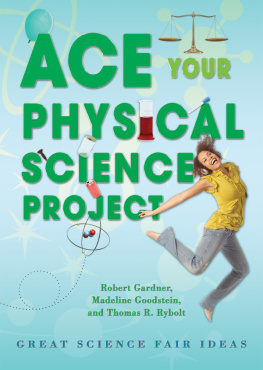

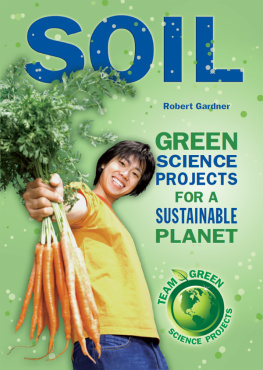
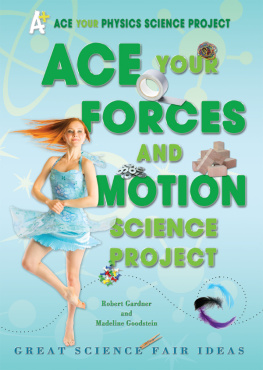
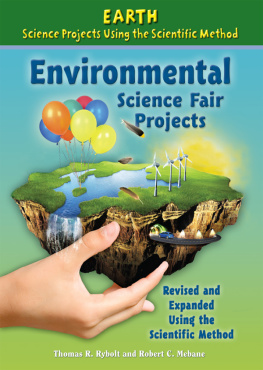
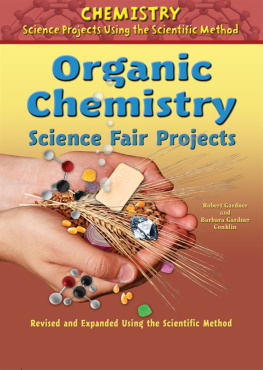


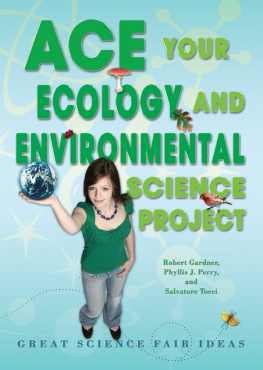
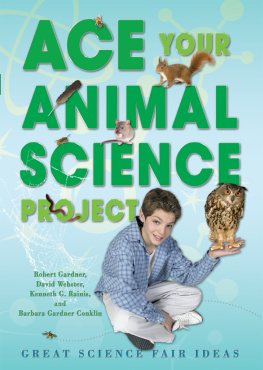
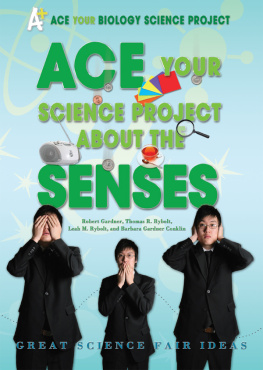
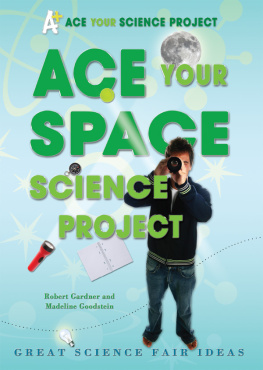
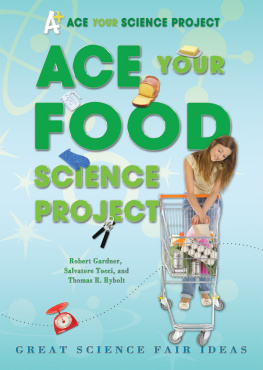


 ) include a section called Science Fair Project Ideas. The ideas in this section provide suggestions to help you develop your own original science fair project. However, judges at such fairs do not reward projects or experiments that are simply copied from a book. For example, a model of a leaf or a flower, which is commonly found at these fairs, would probably not impress judges unless it was done in a novel way. On the other hand, a carefully performed experiment to find out how the removal of carbon dioxide from the air affects a plant growing under otherwise normal conditions would probably receive careful consideration.
) include a section called Science Fair Project Ideas. The ideas in this section provide suggestions to help you develop your own original science fair project. However, judges at such fairs do not reward projects or experiments that are simply copied from a book. For example, a model of a leaf or a flower, which is commonly found at these fairs, would probably not impress judges unless it was done in a novel way. On the other hand, a carefully performed experiment to find out how the removal of carbon dioxide from the air affects a plant growing under otherwise normal conditions would probably receive careful consideration.